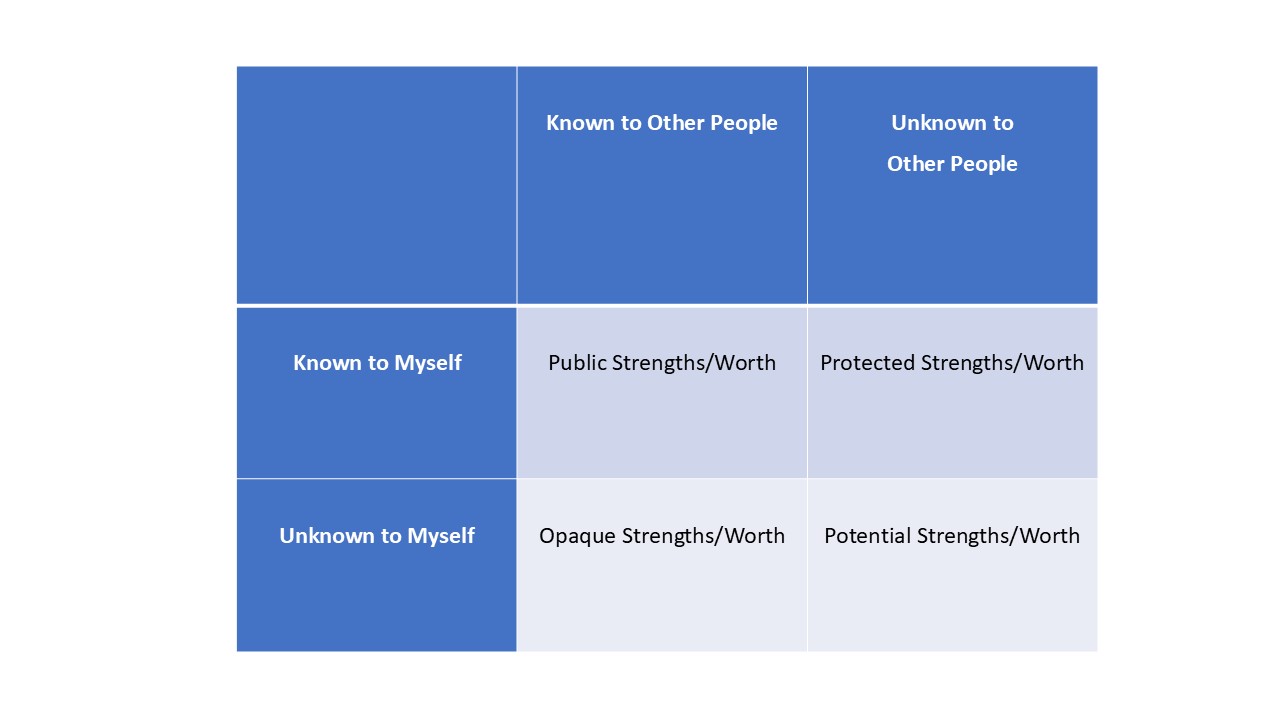
Appreciation can be exhibited more constructively through the daily interaction between an administrator and her associates. It involves mutual respect and active engagement, accompanied by a natural flow of feedback and an exchange of ideas. More specifically, appreciation is evident in attitudes regarding the nature and purpose of work. If the administrator “sees work as the means whereby a person creates oneself (that is, one’s identity and personality) and creates community (that is, social relations), then the accountability structure becomes one of nurturing and mentoring.” (Cummings and Anton, 1990, p. 259)
Each aspect of appreciation adds to our sense of Self-Worth, even when the appreciation is directed toward other people. There are essentially two ways in which we come to appreciate our distinctive strengths. This appreciation comes through self-perception and the perceptions of others. Our self-perceptions of strength are based on the processes of reflection upon our impact on the world in which we live and work, and comparisons we draw with other people who are also impactful. Other people’s perceptions are made known to us through direct or indirect feedback. In appreciating their strengths, we find reciprocal assessment by them of our strengths.
A cycle of shared appreciation is engendered. This cycle is of great value in our self-assessment of Worth. In some cases, we know of our strengths and our Worth. In other cases, we do not. Similarly, in some cases, others know of our distinctive strengths and Worth. In other cases, they do not. Given this scheme, there are four possibilities, which we can diagram as a four-pane Window of Strength/Worth.
Window of Strength/Worth







